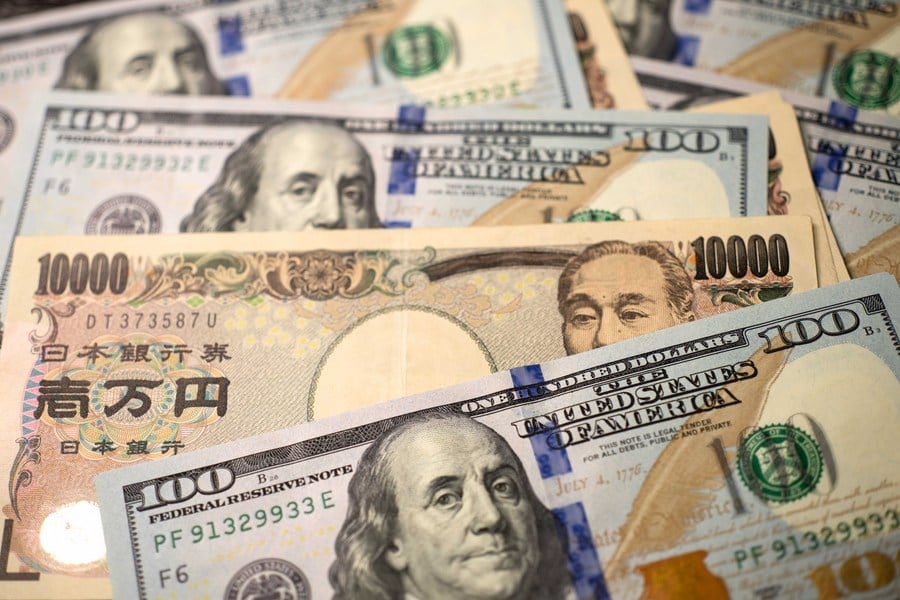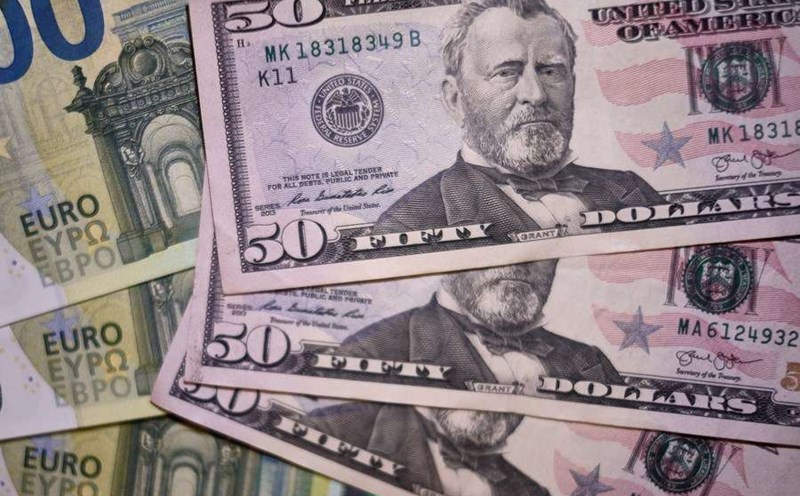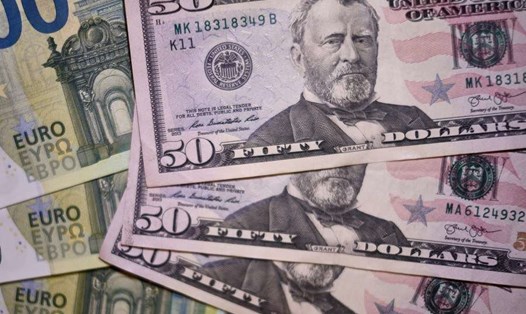The USD/EUR exchange rate was at 1.0784 USD/EUR, while the British pound decreased slightly to 1.2907 USD/GBP before Mr. Trump's announcement of counterpart tax, expected at 4:00 p.m. in the East on February 2 (3:00 a.m. on January 3, Vietnam time).
For many weeks, Mr. Trump has repeatedly called February 2 " released day", implying that the US will impose counterpartite tariffs on countries that are taxing US goods. White House spokeswoman Karoline Leavitt confirmed that the policy will take effect immediately after Mr. Trump announced it.
"The market will certainly shake before an official statement is made," said Carol Kong, a currency strategist at Commonwealth Bank of Australia. "Investor sentiment will be dominated by tariff-related headlines, thereby affecting exchange rate fluctuations".
Compared to the Japanese Yen, the USD edged up slightly to 149.70 JPY/USD. Meanwhile, the Australian dollar recovered 0.36% to 0.6230 USD/AUD after falling earlier in the week.

The State Bank of Vietnam announced the central exchange rate between VND and USD at 24,851 VND/USD, up 16 VND compared to April 1.
Although there is no specific information on the scale and scope of the new trade barriers, according to the Washington Post, the Trump administration is considering a plan to impose a 20% tax on most imported goods, rather than targeting only a few countries or specific product groups.
"If the US applies a comprehensive tax rate of 20%-25% to all major trading partners, it will be an extremely drastic move and could cause a strong reaction in the financial market," said Derek Halpenny, research director at MUFG.
However, Derek Halpenny also noted that some countries may be exempted from the policy. "Trade talks could open doors for some countries to avoid being taxed. If this happens, the negative impact on the market will be mitigated," said Derek Halpenny.
Concerns about an escalating trade war combined with weak US economic data have fueled fears of recession, putting pressure on the USD this year. The DXY index measuring the strength of the greenback against the basket of major currencies increased slightly to 104.28 on April 2, but has not yet recovered after falling 3.1% in March - the sharpest decrease since November 2022.
"Although the theory of a 20% tax will support the US dollar, the market is currently most concerned about whether this policy will push the US economy into inflation," said Chris Weston, research director at Pepperstone.
The USD/CAD exchange rate increased slightly to 1.4304 USD/CAD, while the Mexico peso also decreased slightly to 20.389 USD/MXN.
Canadian Prime Minister Mark Carney had a discussion with Mexican President Claudia Sheinbaum on April 1 about the US plan to " deal with unfair trade measures," according to a statement from the Canadian Prime Minister's office.
Meanwhile, Bank of Japan Governor Kazuo Ueda warned that the new US tariff policy could have serious impacts on global trade and threaten global economic growth.












